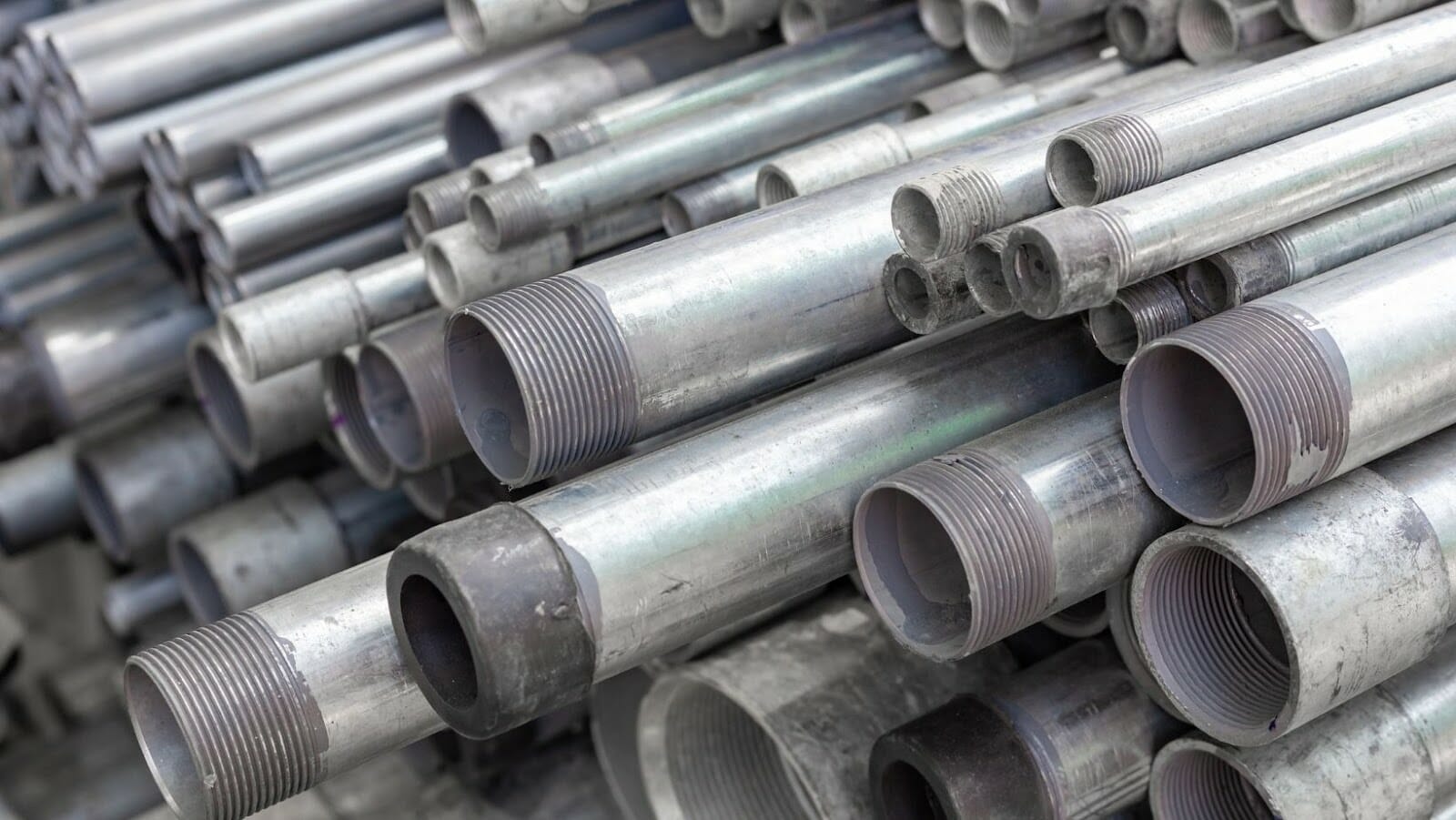
If you need to run electrical wiring outdoors or in a wet location, you’ll need to use conduit. But not all conduit is the same—some types are better suited for different applications than others.
Here’s a quick guide to help you choose the right type of conduit for your project.
What is conduit and what are its uses
Conduit is a metal or plastic pipe used to protect and route electrical wiring in homes and commercial buildings. It is typically installed along walls, underneath floors, and in ceilings. There are different types of conduit, each with its own advantages: Rigid metal conduit (RMC) is made of galvanized steel or aluminum and is the heaviest-duty type of conduit. It is difficult to bend, so it is typically used in long runs, such as in basements or attics, or to protect underground wiring.
Intermediate metal conduit (IMC) is also made of galvanized steel but is lighter weight than RMC and easier to bend. IMC is often used in commercial buildings and for running wiring along the exterior of a house. Electrical metallic tubing (EMT) is made of thin-walled galvanized steel and is the easiest type of conduit to bend by hand. EMT can be used indoors or outdoors and is typically attached to surfaces with conduit straps or hangers.
What type of conduit to use underground
If you need to run conduit underground, you’ll need to use a type that is resistant to corrosion, such as PVC-coated rigid metal conduit (RMC) or schedule 80 PVC conduit. These types of conduit are more expensive than other types, but they will last longer and provide better protection for your wiring.
When choosing conduit for an underground application, you’ll also need to consider the depth of burial. Schedule 40 PVC conduit can be buried up to 18 inches deep, while schedule 80 PVC conduit can be buried up to 30 inches deep. If you need to bury the conduit deeper than these depths, you’ll need to use a type of conduit that is specifically rated for deep burial, such as HDPE conduit.
The benefits of using conduit in your electrical system
There are several benefits to using conduit in your electrical system: Conduit can provide better protection for your wiring than other types of wire management, such as plastic or metal wire raceways. This is because conduit is a closed system that encloses the wires completely, protecting them from moisture, physical damage, and pests.
Conduit is also easier to inspect and repair than other types of wire management. If a problem occurs with the wiring inside conduit, it can be easily accessed and repaired without having to disassemble the entire system. Finally, conduit can give your electrical system a more professional appearance. This is because conduit is available in a variety of colors and can be painted to match your walls or other surfaces.
How to install conduit
Installing conduit is a relatively simple process, but there are a few things you’ll need to keep in mind: First, you’ll need to select the type of conduit that is best suited for your application. Second, you’ll need to determine the route that the conduit will take.
The route should be direct and should avoid areas where the conduit could be damaged. Finally, you’ll need to install the conduit supports. Conduit supports are used to keep the conduit in place and to prevent it from being damaged.



